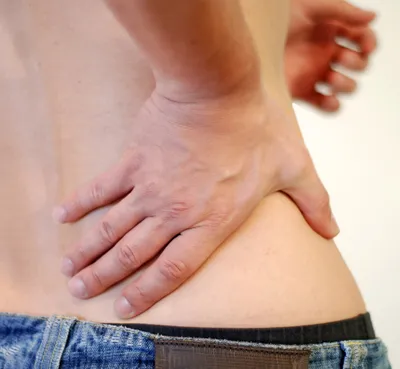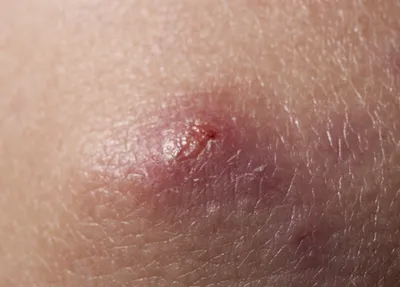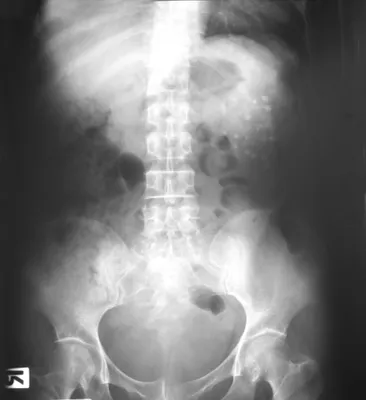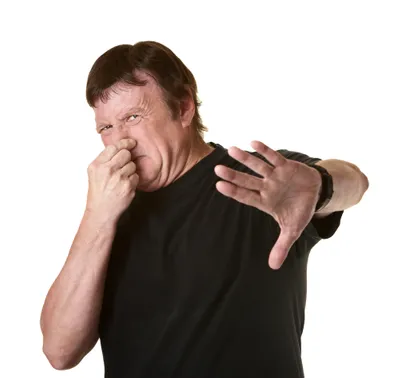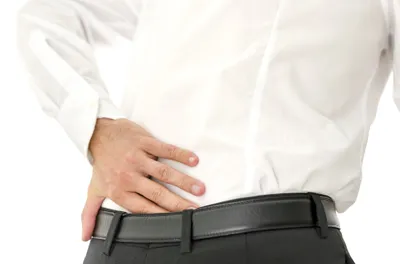Pilonidal cysts are the chronic and painful result of pilonidal sinus disease (PSD), which often plagues young males. The condition causes small cysts or abscess to persistently form and fill with pus, hair, infection, and blood when infected, and omit a foul smell until lanced and drained.
Even though the exact cause of a pilonidal cyst is unknown, the abscesses will remain dormant until infection or flare-ups occur. Flare-ups are believed to be caused by a combination of ingrown hair follicles, friction due to clothing or sitting for long periods, hormonal imbalances, or injury to the area.
If you suspect a pilonidal cyst, here are the eight tell tale symptoms to watch out for…
1. Skin Dimpling
Most times, a pilonidal cyst presents no pain until it becomes infected. Before that time no noticeable symptoms may show other than a small, indent or depression on the surface of the skin, most often in the area above the buttocks (known as the sacrum). The skin may also appear ruptured on the surface with multiple sinus tracts in the subcutaneous tissues.
2. Signs of Infection
An issue will be difficult to ignore once the cleft over your buttocks becomes a full-blown cyst. becomes infected, it will quickly develop into a cyst (closed sac filled with fluid) or an abscess (swollen and inflamed tissue where pus collects).
3. Sacrum Pain
When experiencing a pilonidal cyst flare-up, most sufferers complain of extreme pain in the area of the sacrum (the area directly over the buttocks), particularly when sitting or when abrasive clothing makes contact.
4. Inflammation
An inflamed pilonidal cyst can be excruciating to deal with for the sufferer. Inflammation and swelling occurs when the cyst becomes infected, filled with pus, hair, and blood.
5. Tenderness
Tenderness, redness, and swelling between the cheeks of the buttocks just above the anus (the sacrum) is a telltale sign of a pilonidal cyst. In the early stage of infection the redness and swelling will be minimal. However, as infection worsens, the boil will swell in size and eventually need to be lanced and drained of pus and infection.
6. Foul Smell
The most painful and uncomfortable aspect of a pilonidal cyst is when the abscess becomes infected and swells into a boil. Each time the pilonidal abscess swells; it becomes engorged with a mixture of blocked hair, foul-smelling pus, and blood.
7. Abnormal Hair Growth
When a pilonidal cyst becomes swollen to the point of abscess, which actually resembles an infected boil, it can sprout hair from the swollen lesion. Men with excess body hair are prone to pilonidal cysts, and should aim to keep the sacrum clean and hair-free to prevent infection as much as possible.
8. Mild Fever
Many patients with pilonidal cysts develop a low-grade fever. This fever can progress quickly from low grade to a high fever that worsens as the infection of the abscess becomes more serious.

